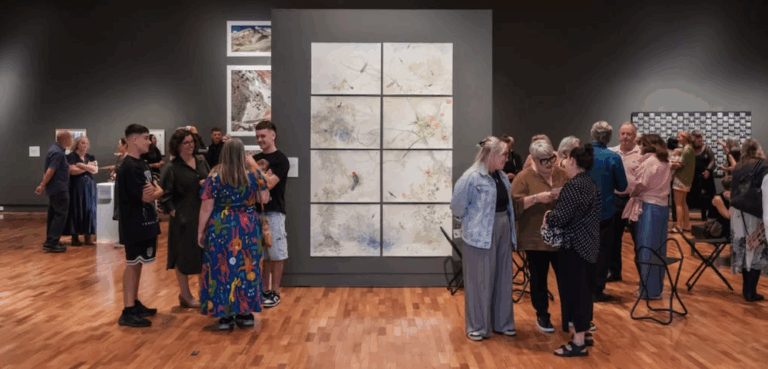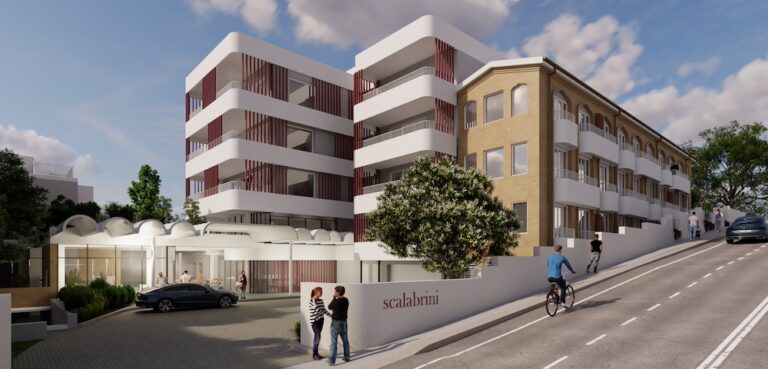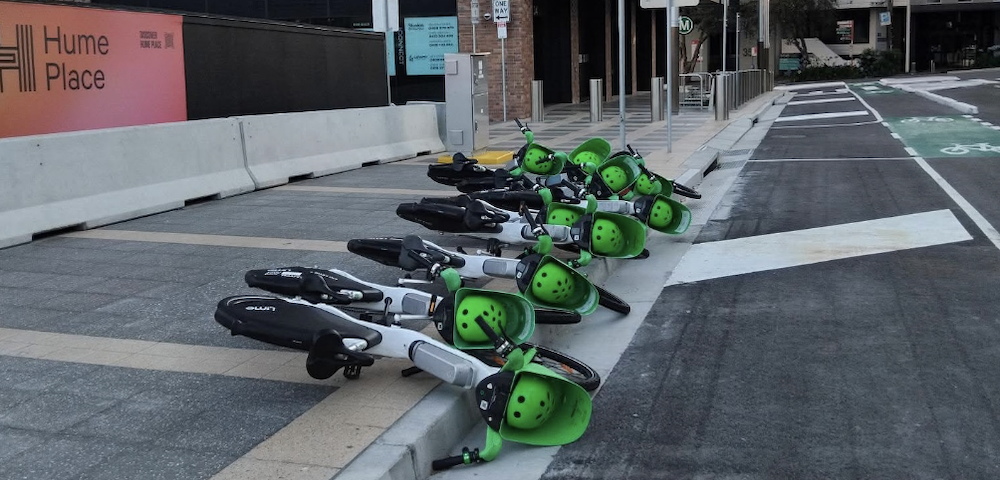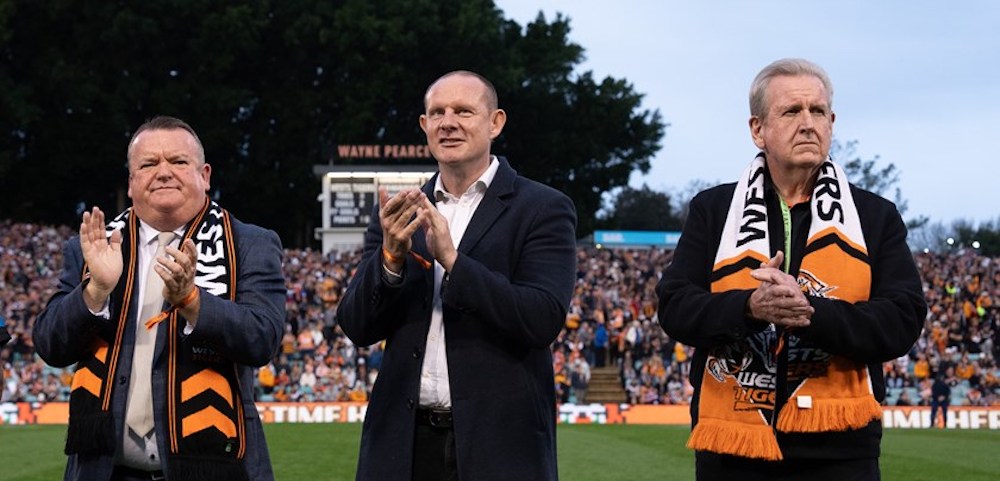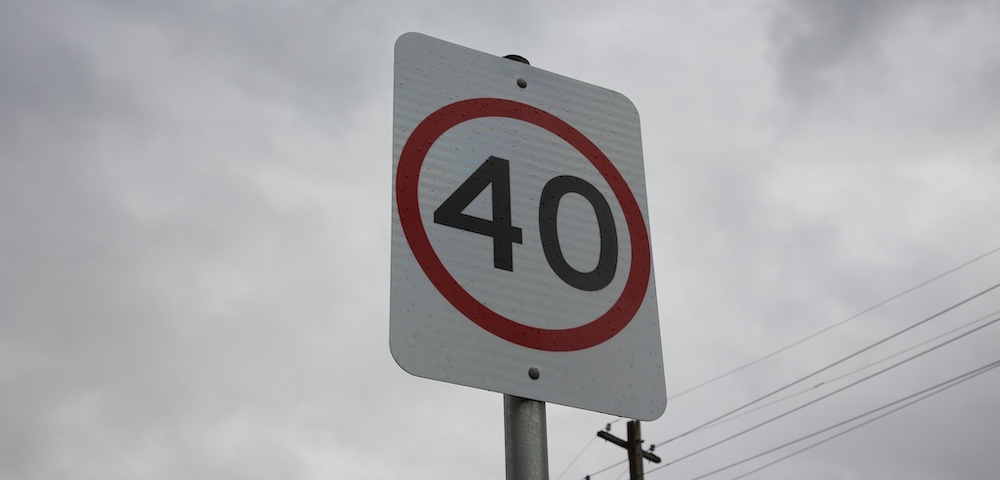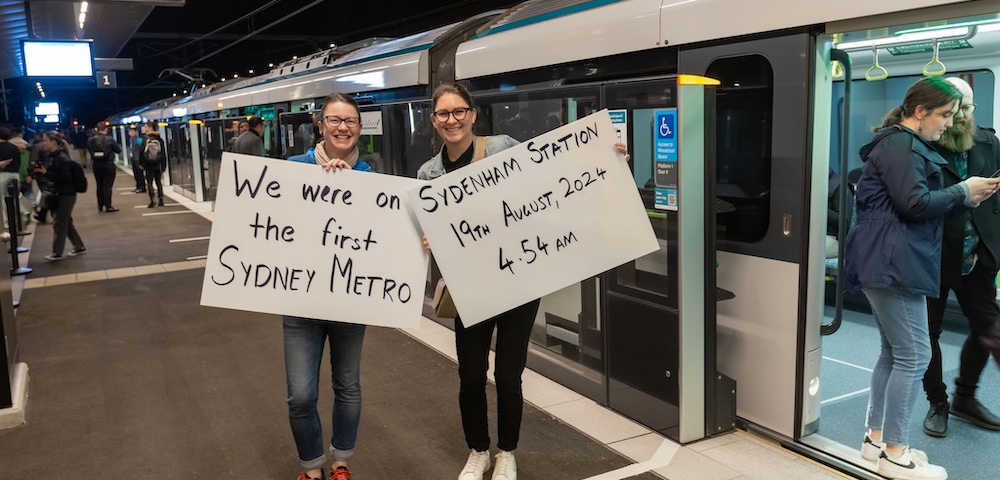
‘Temporary reprieve’ for Sydney’s Powerhouse Museum

Opinion by ALEC SMART
Sydney’s Powerhouse Museum in Ultimo, which faces demolition and most of its exhibits put into storage for up to five years while NSW Govt build a smaller, milk-crate-shaped alternative in Parramatta, has been granted a temporary reprieve.
Due to close on 30 June, the demand for last-minute tickets has been so high that the two primary exhibition halls in the heritage core – Transport and Steam Revolution – remain open until the end of the year.
According to Save The Powerhouse, the campaign group lobbying to keep the historic former tram powerhouse in Ultimo as the permanent home for its estimated 500,000 industrial exhibits, extended opening “buys valuable time.”
A Save The Powerhouse spokesperson said, “It is certainly not a victory, but it’s encouraging, and buys valuable time – to allow even more people to put even more pressure on the ‘move’ advocates in Cabinet; to allow further vigorous debate in Parliament; to enable the pending second Parliamentary Inquiry to do its work; and hopefully, to finally uncover the murky, even corrupt dealings that many suspect underpin the ‘move’ folly.”
The ‘second Parliamentary Inquiry’ refers to the cross-party Select Committee currently investigating the management of Powerhouse Museum, the financial reasons for its demolition and relocation of its artefacts, and disparities in NSW Govt funding for city and regional galleries and museums.
Chaired by Robert Borsak MLC, the Committee had a small victory at the start of June 2020 when, Under Standing Order 52, the NSW Govt released costings that underpinned their motive to close the Powerhouse Museum, documents that were requested back in February.
During the last Legislative Council Inquiry into the Powerhouse Museum move, which ran from 2016-2018 (and was also chaired by Robert Borsak), the NSW Govt withheld documents for over two months that explained their business plan, including negotiations and costings surrounding their decision.
When, in June 2018, the business plan costings were eventually handed over after a Standing Order from the NSW Parliament Upper House, the documents were significantly redacted.
Until those business case documents were released, the public were not aware that the heritage-listed Willow Grove (next door to the old car park annexed for the museum’s construction), and historic St George’s Terrace, a row of seven two-storey Victorian terrace houses built in 1881, were also earmarked for demolition by the NSW Govt.
Willow Grove House, a 150-year-old Victorian Italianate two-storey villa that was originally a private villa, and later served as a maternity hospital called Estella, was purchased by Parramatta council in 2015 as part of their plans for an open foreshore reserve and entertainment precinct.
Feasibility study warns against moving large items
The newly released documents reveal that a feasibility study commissioned in March 2020 found at least 15 of the Powerhouse Museum’s largest objects were incapable of fitting in the new (as yet unbuilt) building’s goods lift for transportation up to their respective display spaces.
Exhibits cannot be stored on the ground floor of the new building because the site is a floodplain and prone to surging stormwaters from the adjacent Parramatta River, which flood experts warn is happening more frequently.
Among the larger exhibits difficult to relocate is Locomotive No.1, a 26 tonne, 4.6 metre-long engine that was the first locomotive built in Britain by the world’s first railway engine manufacturer, Robert Stevenson & Co., and probably the only one preserved from that era.
Since its retirement in 1877 after travelling 250,468 km all over NSW as Australia’s first passenger and goods engine, Locomotive No.1 has been dismantled, preserved and relocated several times, the last to the Powerhouse Museum in 1988.
Due to the brittleness of the 170-year-old ironwork, opponents of the move are anxious that it won’t survive another transfer to Parramatta without some breakages of the irreplaceable pieces.
Dr. Lindsay Sharp, the founding director of the Powerhouse Museum, who oversaw the original move of the Technological Museum to its current site in Ultimo and has consulted on the construction of major museums around the world, opposes the ‘relocation’ of the museum to Parramatta.
“The Powerhouse Museum buildings are wonderfully robust and they can be upgraded, as they have been continuously,” he told City Hub in Sept 2017. “It’s a complete furphy that the Powerhouse Museum is not fit for purpose, can’t be upgraded, hasn’t been upgraded and they need to move it.
“It’s a very complicated issue moving the large objects, and indeed any kind of object that’s delicate and sensitive. People think because objects are large they are inherently robust and strong. .. Taking it to pieces is very risky. Transporting it is very risky. If it’s dropped or hit inadvertently by something hard in the wrong spot it could shatter. It would be one of the great heritage demolition tragedies in the world.
“If they do get the old steam engines out, they have to be set 20-30 metres above the current river level to take into account potential flooding. How do you put a locomotive 30 metres up a building? That engineering would be heroic and very costly.”
Meanwhile, Save The Powerhouse advocate that opponents of the Powerhouse’s destruction and relocation of its exhibits to Parramatta lodge a formal complaint online.
A spokesperson said: “Remember that the Government does NOT have approved Development Applications to permit demolishing heritage buildings at either Ultimo or at Parramatta, so it is important that we send as many submissions as possible objecting to the current Environmental Impact Statement (EIS) for the detested Parramatta project.
“The closing date is 7 July. You are advised to start your submission with “I object to the Parramatta project…” so that it cannot be considered as just a ‘comment’.”
The address for lodging a submission is:
https://www.planningportal.nsw.gov.au/major-projects/project/26576
An alternative is to email your submission directly to the Project Planner: marcus.jennejohn@planning.nsw.gov.au

